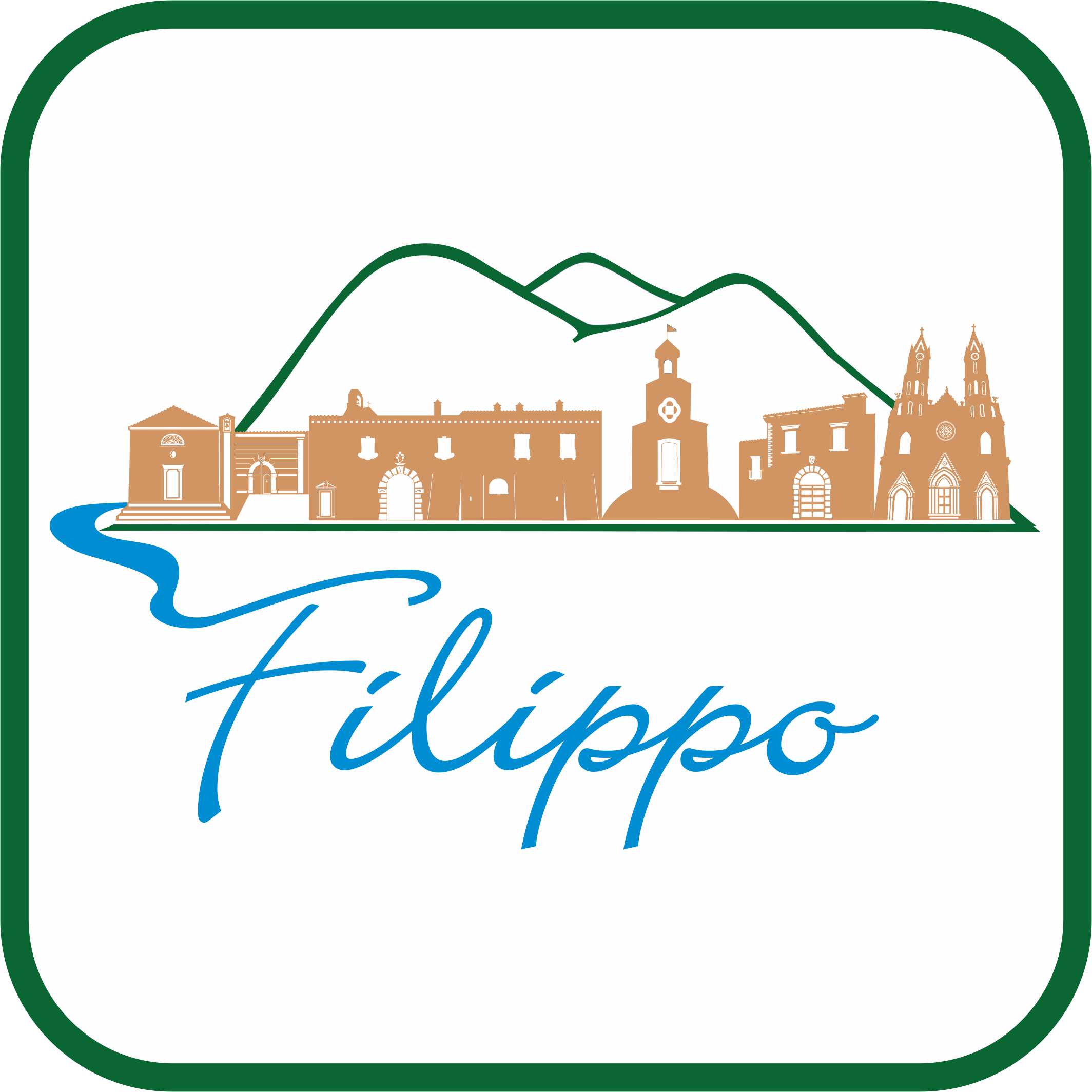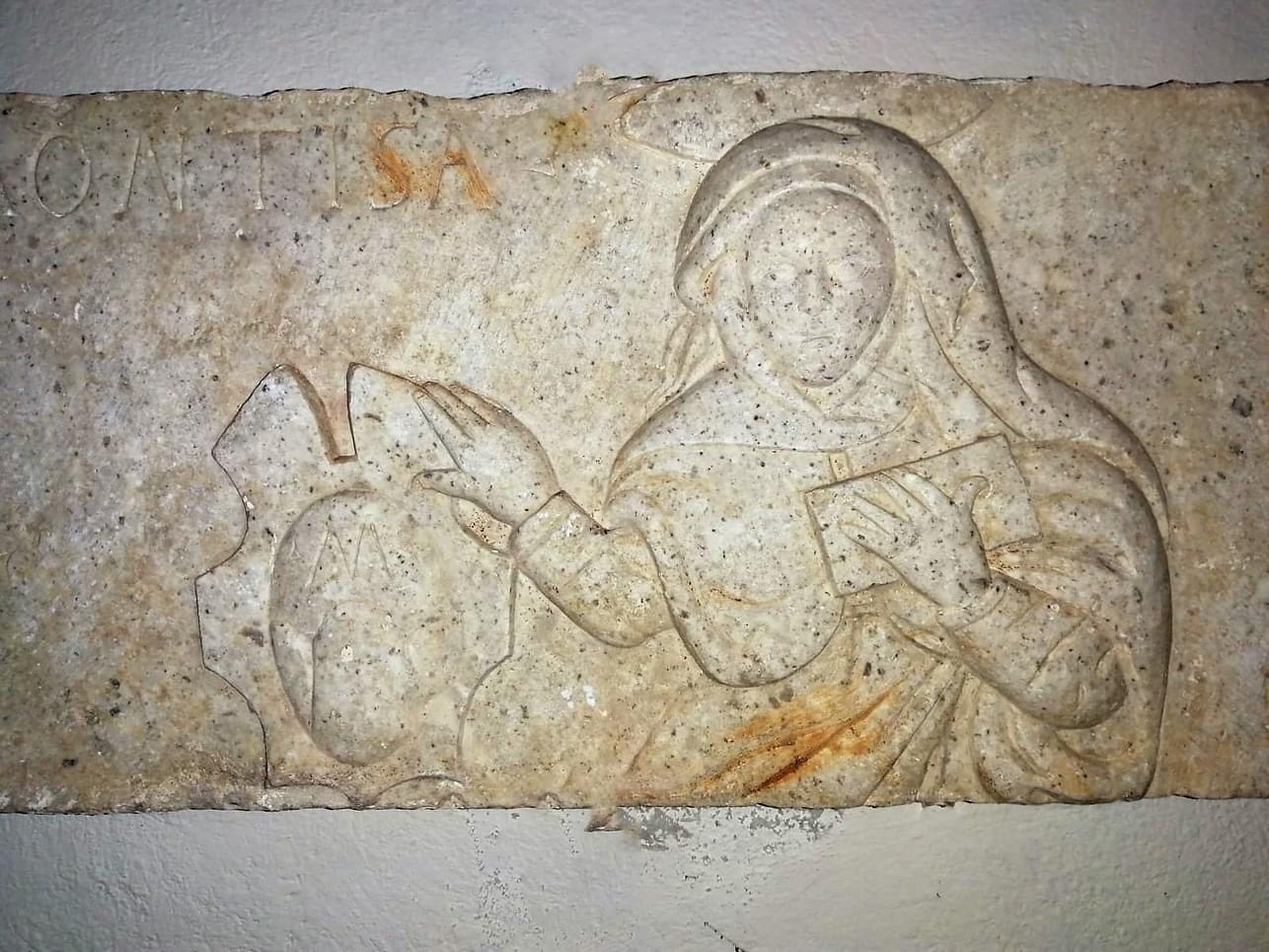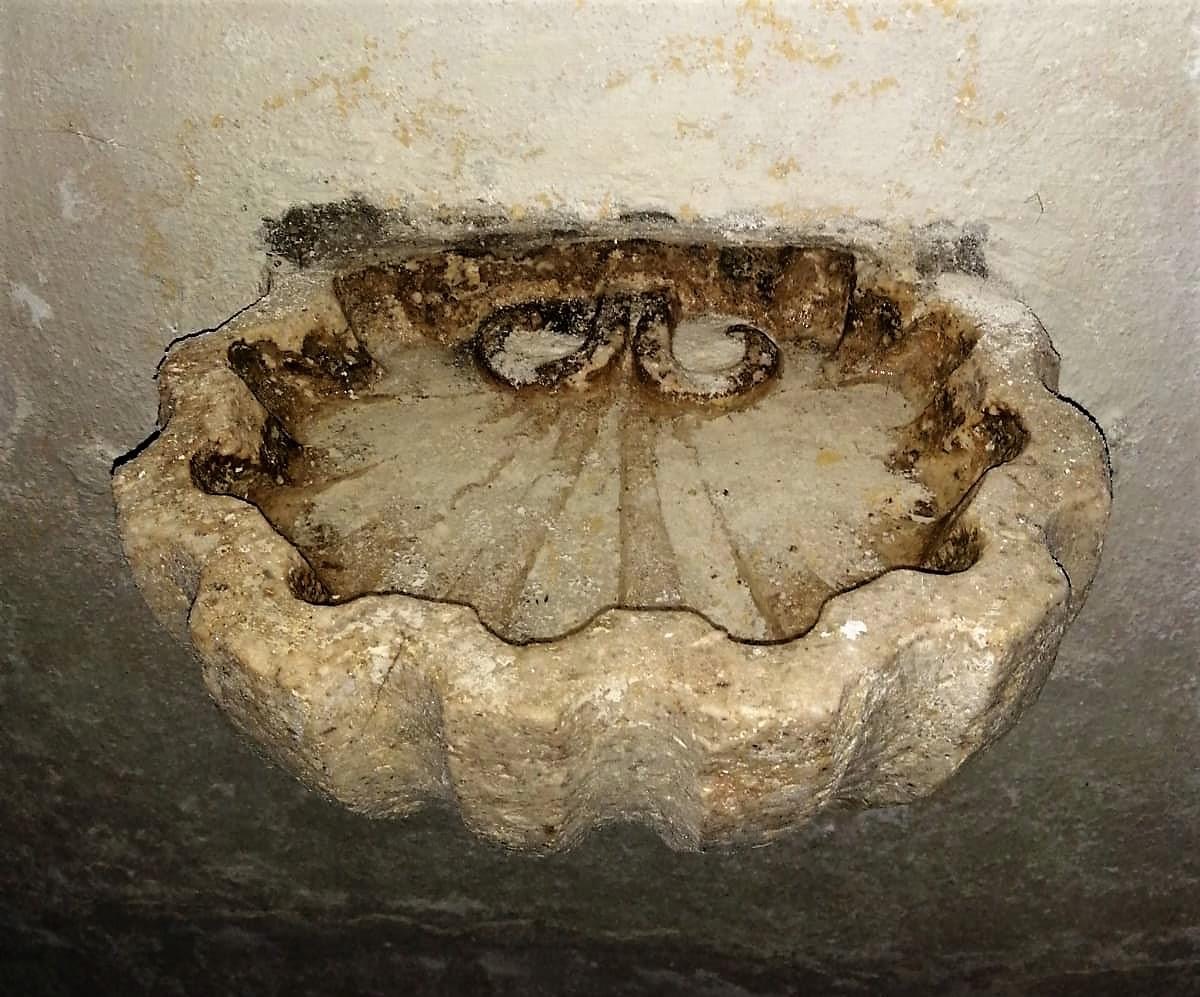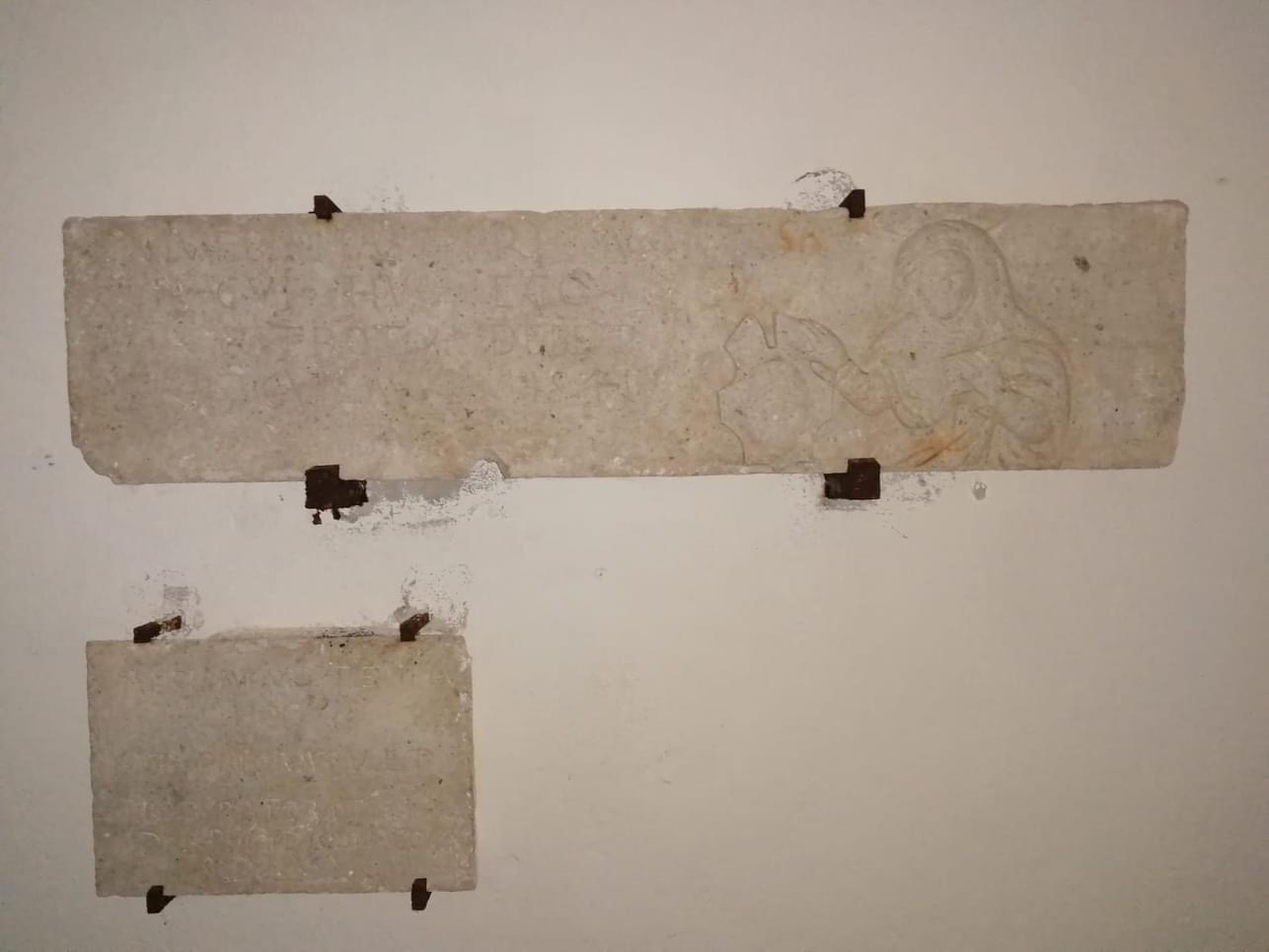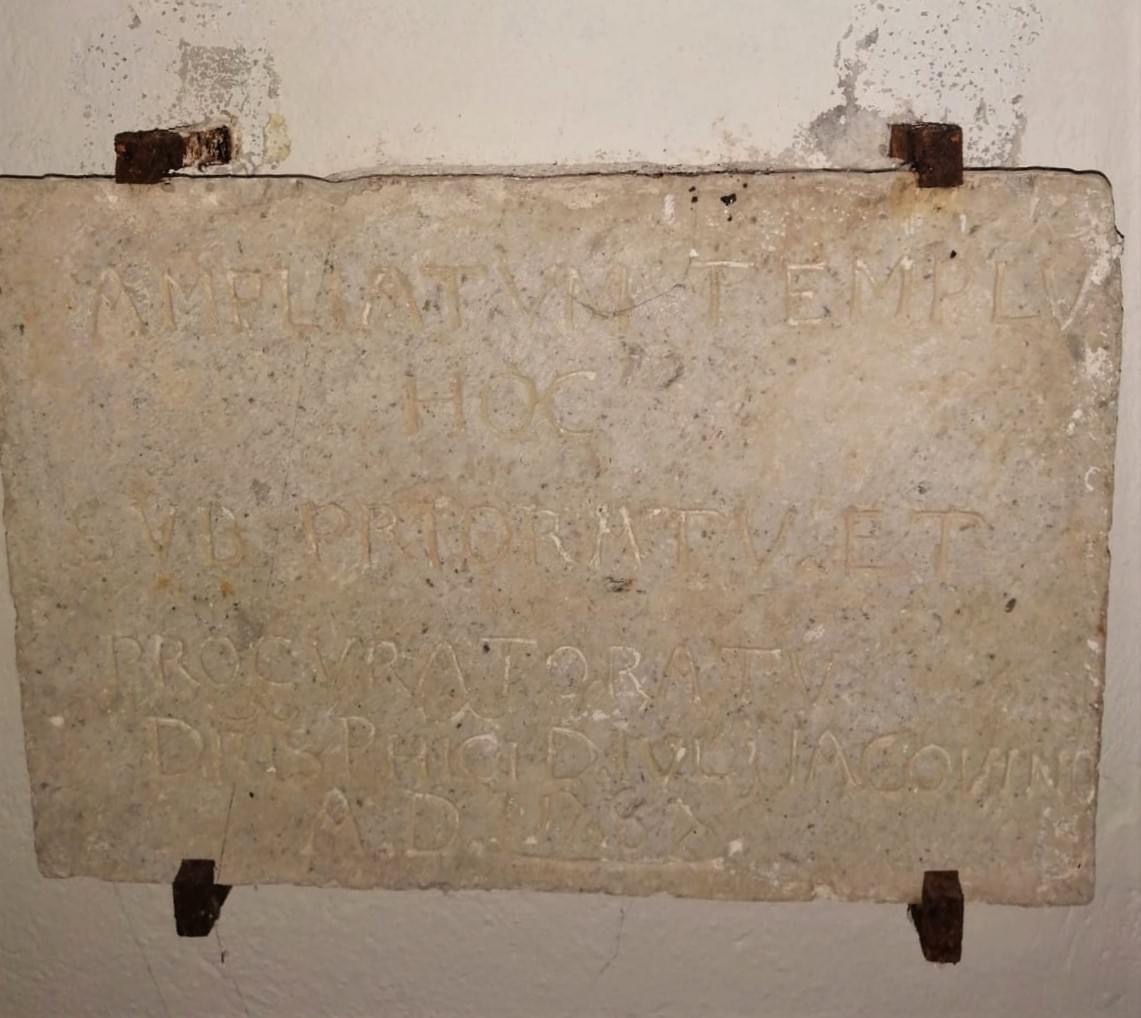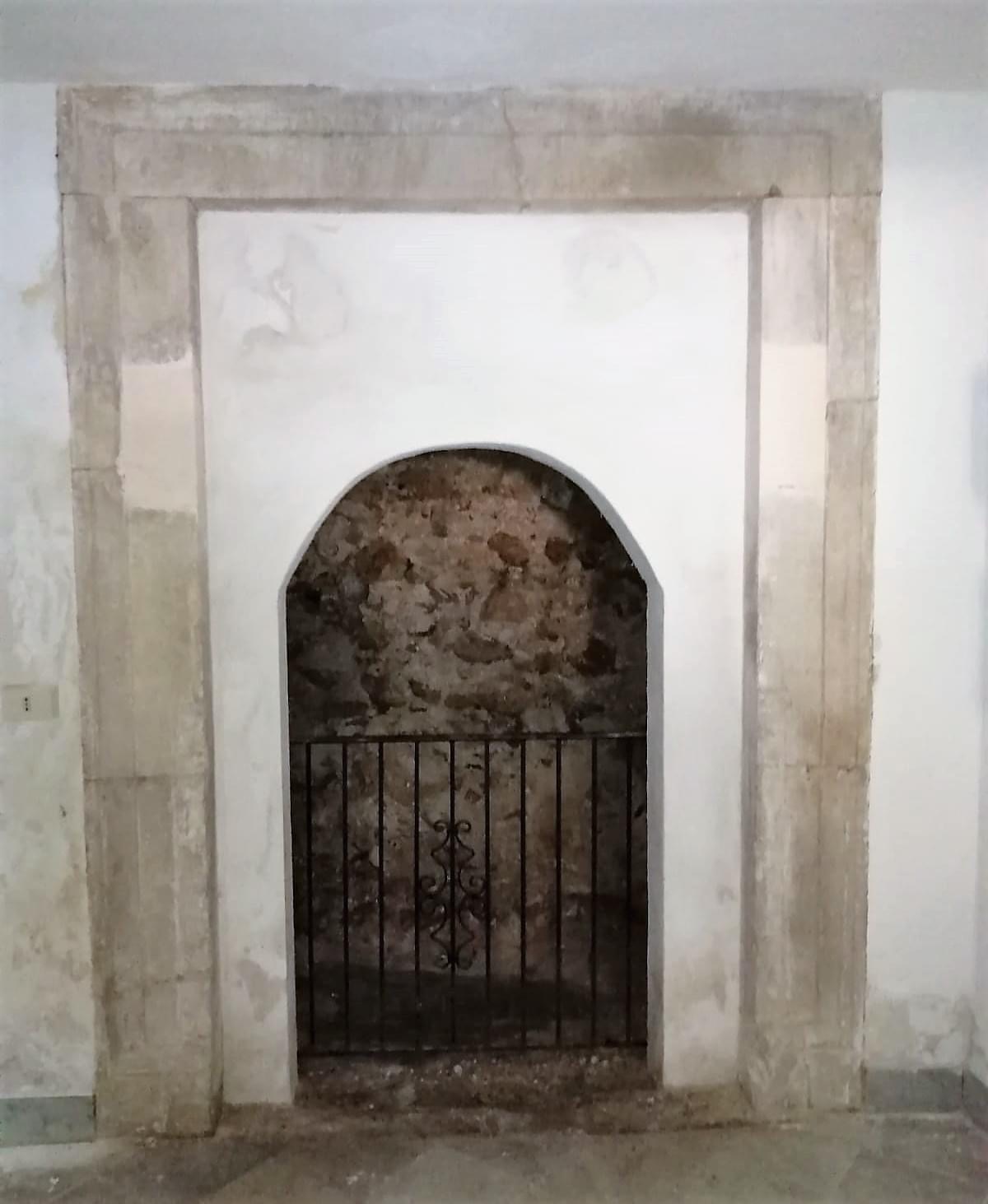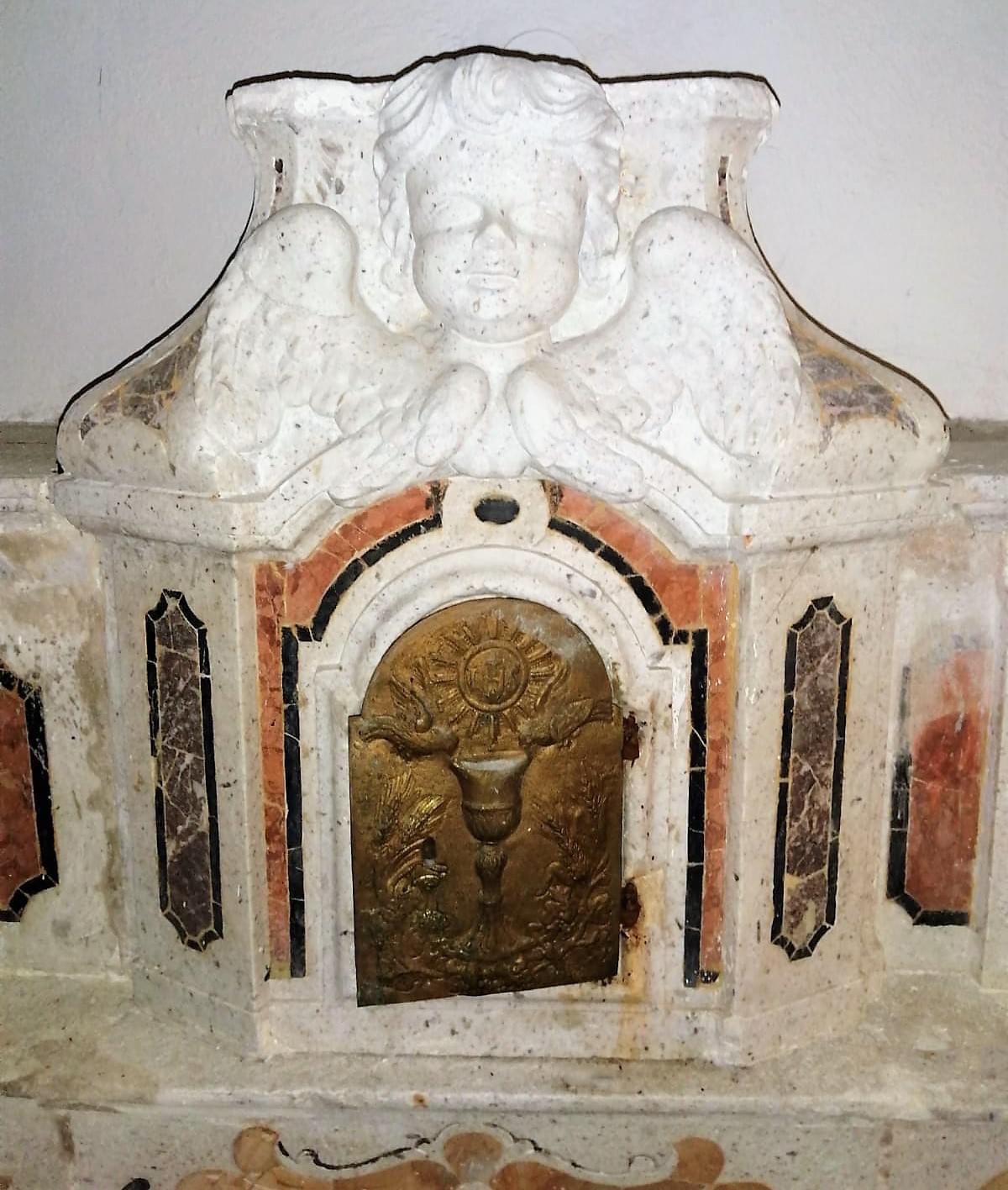Beautiful Architecture
Chiesa di Santa Sofia
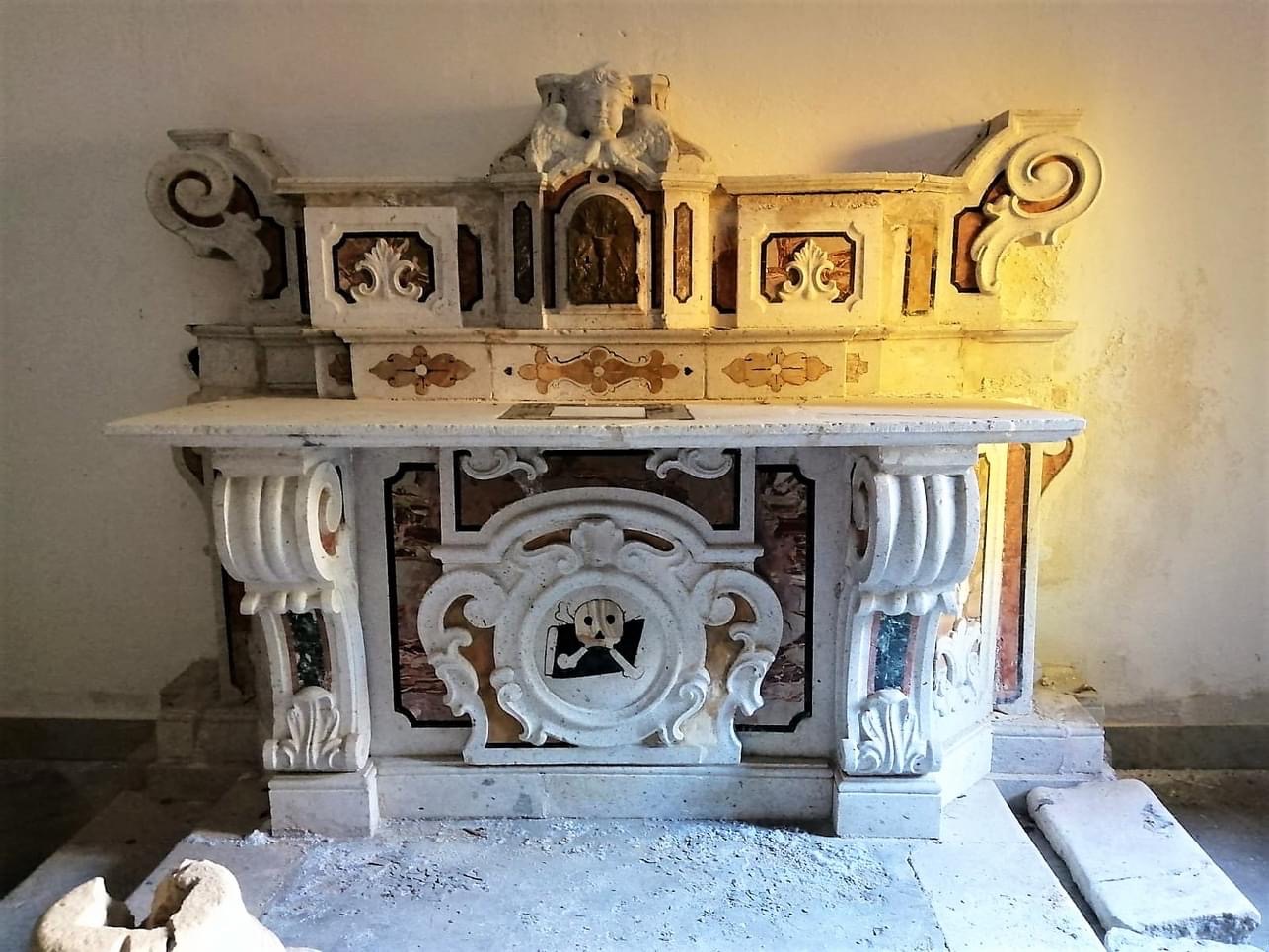


La chiesetta, quasi certamente di origine italo greca o basiliana, era collocata nella piazza, orientata a sud ovest con l’ingresso posteriore alla stessa.
Sede della Confraternita di S. Maria della Purità (Candelora).
Infatti negli atti di visita pastorale del 1687 è detto: “in praedicta Ecclesia adest Congregatio Nobilium et aliorum”.
Le iscrizioni incise su due blocchi di pietra ci informano, la prima della sua ricostruzione ad opera dell’Università: “UNIVERSITAS TERRAE MONTISANI CUI HUIUS ECCLESIAE IUS PATRONATUS DEBETUR FIERI CURAVIT 1541” e la seconda di un suo ampliamento curato dalla suddetta Confraternita: “AMPLIATUM TEMPLUM HOC SUB PRIORATU ET PROCURATORATU DOCTORIS PHISICI DOMINI IULJ IACOVINI A.D. 1787”.
A breve distanza dalla cappella si trovava lo “Xenodochio”, luogo atto ad accogliere i viandanti di passaggio per il paese.
I libri parrocchiali ci informano che molti di essi vi giungevano moribondi, stremati dalla fame e dalla fatica del viaggio e venivano sepolti nella chiesetta senza che se ne potesse conoscere nè il nome nè la provenienza.
Nella relazione della visita pastorale del 1826 è menzionata sotto il titolo “Puritatis Beatae Mariae Virginis in qua existat Congregatio Montis Mortuorum”.
Era, perciò, denominata anche “Chiesa delle anime del Purgatorio”.
Di questo antichissimo tempietto non restano che le citate lapidi, il portale d’ingresso ancora nel suo sito originario, l’altare maggiore, l’altare della Madonna della Purità, l’altare di San Rocco e quello della Pietà, collocati tutti in modo disordinato in un vano ricavato dallo spazio un tempo occupato dalla strada mulattiera adiacente.
Nel 1952 la chiesetta di Santa Sofia venne demolita e nello stesso anno venne costruita la chiesa di Sant’ Anna, dal benefattore Filippo Gagliardi.
The church, almost certainly of Italo-Greek or Basilian origin, was located in the square, facing south west with the rear entrance to it.
Seat of the Confraternity of S. Maria della Purità (Candelora).
In fact in the acts of pastoral visit of 1687 it is said: “in praedicta Ecclesia adest Congregatio Nobilium et aliorum”.
The inscriptions engraved on two stone blocks inform us, the first of its reconstruction by the University: "UNIVERSITAS TERRAE MONTISANI CUI HUIUS ECCLESIAE IUS PATRONATUS DEBETUR FIERI CURAVIT 1541 " and the second of an extension curated by the aforementioned Confraternity: “AMPLIATUM TEMPLUM HOC SUB PRIORATU ET PROCURATORATU DOCTORIS PHISICI DOMINI IULJ IACOVINI A.D. 1787 ”.
A short distance from the chapel was the“ Xenodochio ”, a place suitable for welcoming travelers passing through the town.
The parish books inform us that many of them arrived there dying, exhausted by hunger and the fatigue of the journey and were buried in the church without their name or origin being known.
In the report of the pastoral visit of 1826 is mentioned under the title “Puritatis Beatae Mariae Virginis in qua existat Congregatio Montis Mortuorum”.
It was, therefore, also called "Church of the souls of Purgatory".
Of this ancient temple only the aforementioned tombstones remain, the entrance portal still in its original site, the high altar, the the altar of the Madonna della Purità, the altar of San Rocco and that of the Pietà, all placed in a disordered way in a compartment obtained from the space once occupied by the adjacent mule track.
In 1952 was demolished, a Romanesque monument to make way for the current church of Sant 'Anna, in false Gothic style.
